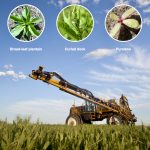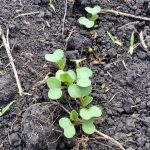This will be a tough year for weed control. Late seeding into warm, wet soil is going to give rise to relatively fast crop emergence and leave little time to do any kind of pre-seed herbicide application. Complicating matters further, is the ongoing global herbicide shortage. In a ‘normal’ year, depending on the crop, that













